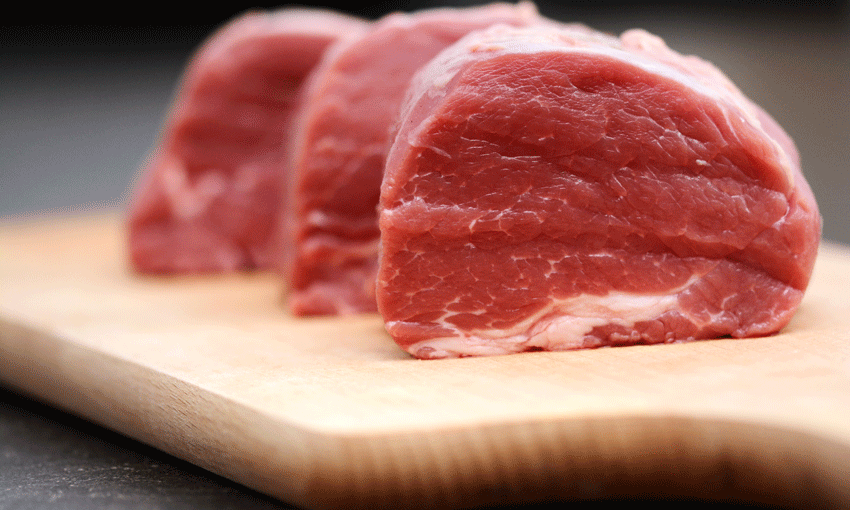AUSTRALIAN commodity export earnings are expected to be $417 billion in 2023–24, or around 10% below the record $466 billion in 2022–23, according to the March 2024 Resources and Energy Quarterly, released late last week.
The Department of Industry, Science and Resources’ REQ contains a 5-year outlook which suggests Australian resources and energy export earnings are set to ease after the extraordinary surge of 2022–23. However, the outlook has improved slightly since the December 2023 quarter REQ.
Ongoing falls in bulk commodity prices are expected to bring earnings down further — to around $300 billion in real terms by 2028–29. The fall is because of lower world prices, with Australian export volumes to remain steady over the outlook period.
“Global economic growth has softened over the past year, in response to the restrictive monetary policy stance of many central banks. Central banks have succeeded in bringing inflation down toward target levels and may soon be able to move to a neutral stance,” the REQ suggests.
“With monetary policy likely to become less restrictive, global manufacturing has better prospects to pick up, which could provide an upside to commodity demand.
“China faces ongoing challenges in its property sector and demographics, which are both affecting commodity demand. Conflicts in Ukraine and Gaza add significant uncertainty to the outlook. But the global energy transition needs a large array of different resource commodities, many of which Australia has in abundance.”
Highlights from the March REQ are:
- Iron ore remains Australia’s top resources export, expected to earn $136 billion in 2023-24, up from $124 billion in 2022–23. Earnings are forecast to ease to $111 billion in 2024-25 and fall to around $83 billion by 2028–29.
- The prices of gas and coal are expected to continue declining as global markets adjust to the aftermath of the Russian invasion of Ukraine.
- Earnings from metallurgical coal, used for steel making, are expected to be $56 billion in 2023–24. This is down from last year’s $62 billion, and expected to ease further over the outlook period. Thermal coal earnings are forecast at $36 billion in 2023–24, down from $66 billion last year, before easing further over the outlook period.
- The global energy transition is likely to sustain the demand for resource commodities used in low emissions technologies including iron ore, aluminium, copper, nickel and lithium. However, the prices of nickel and lithium have dropped to 5-year lows as market surpluses increased.
- Nickel exports are forecast at $3.6 billion this financial year and $2.4 billion next year compared with $5.0 billion in 2022–23.
- Lithium export revenue is forecast to drop to $11.3 billion this year from $20.1 billion in 2022–23, despite a modest increase in export volumes.
The REQ says India is expected to account for a significantly larger share of world commodity demand by the end of the outlook period.
“Risks to the forecast include a widening of Western nations’ sanctions on Russia to include base metals. This would have significant implications for Australian producers of nickel and aluminium. Any further widening in the Gaza conflict could disrupt Middle East oil and LNG supply and raise prices, hurting world economic growth,” the report says.
“The El Niño climate episode appears set to end by mid-2024, with a higher-than-normal chance of a La Niña episode developing in the second half of 2024. This risks a return of the wet weather and flooding which heavily impacted mines, transport routes and ports in Australia in the 2021-23 period.”





